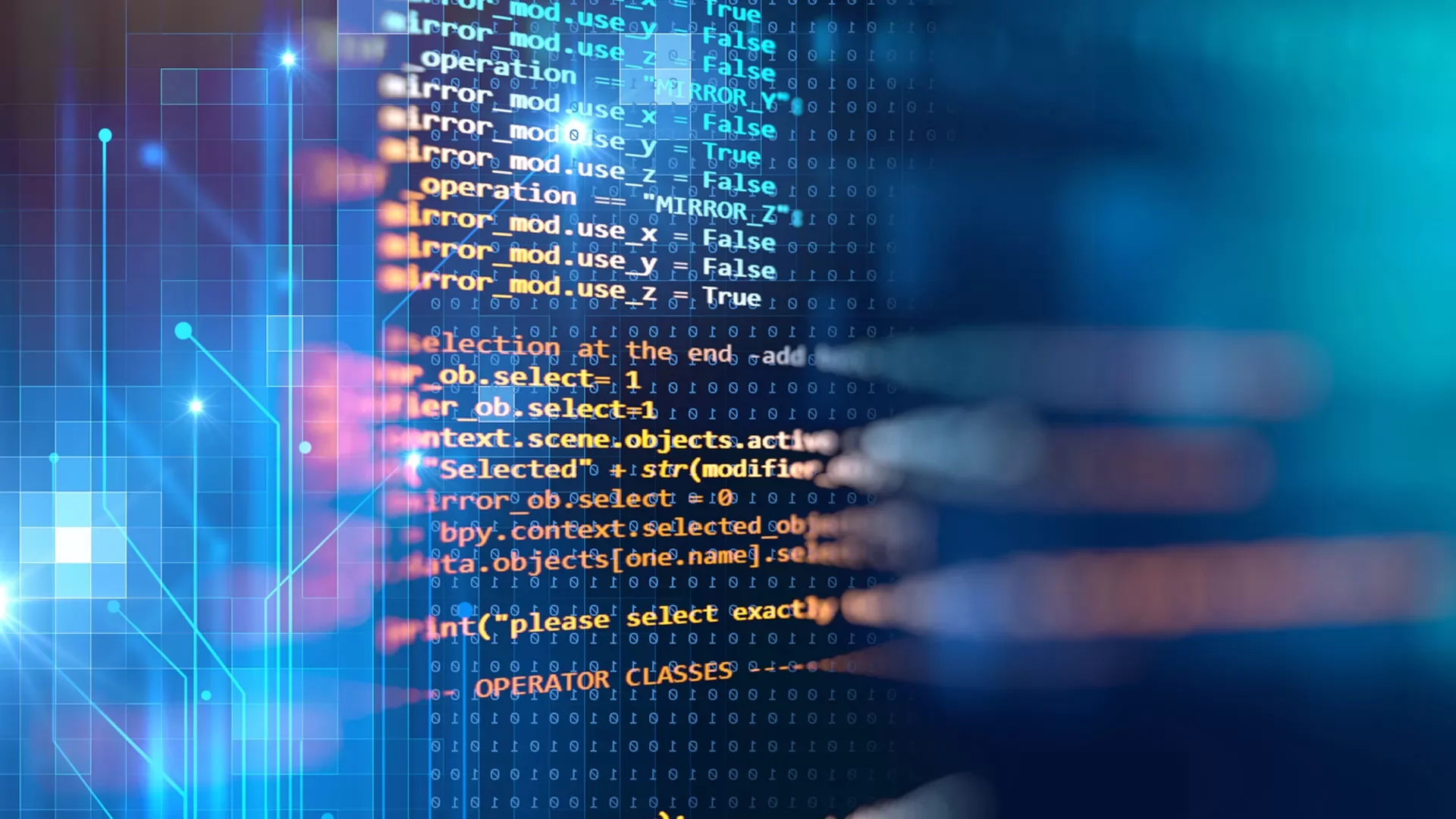Introduction
If you know English then you can do data analysis with pandas – a library in Python that deals with data analysis. That’s right, no knowledge of Python is required, just your plain old English. How is this possible you might be asking? Well with the Pandas AI. You tell this AI in plain English what you want it to do, and it will take your dataset and do it for you. Although it is still pretty new it cannot do everything that the regular pandas can do with good ole Python, it can still help you speed up your workflow or do some basic analysis without the use of coding languages (primarily Python). Some of these features are detailed in the article “Pandas AI — The Future of Data Analysis” by Fareed Khan on Medium (the article can be found here).
Summary of Article
The article starts out by showing the reader how to download Pandas AI and then how to initialize it. All pretty standard stuff up until here. Now for the fun. The article gets the AI to actually do things with the data. The article first asks the AI for the happiest countries from a dataset previously provided to it. It does this with ease! Then the article asks the AI to plot a bar graph of the GDP by country from a dataset previously provided. The AI also has no trouble with this task! The best part all of this is in plain English, with no coding required. Now with every AI, there will definitely be bugs especially this early in the game, and here is where we find them. The article asks the AI to remove all the NAN values from the dataset. The AI returns a message saying in essence that it cannot remove those values, but when the dataset is pulled up again the NAN values are gone, showing that the AI could actually remove those values and actually did, just didn’t print the right message to the user.
My Take
Overall this is actually very cool to me. I feel it will only be about a decade until people don’t need to know a coding language and can code and analyze data in just plain English. That’s crazy how this industry evolves so quickly, just a couple of decades ago computers were just starting to be a thing, and to even do the most basic things with them you had to write endless lines of code. Now, however, we are talking about just talking to computers like they are humans – in plain English – and having them analyze data for you to give you insights. It truly is amazing how far we have come in such a short period of time. I do wonder how the performance will suffer with increasingly larger datasets, and how we will optimize this going into the future.
Conclusion
All in all, this article was an interesting and fascinating one. It gave me pause on just how far we have come. It also gave me excitement about the future of this industry and where we will be just a decade from now. Thank you for reading this week’s blog and I really do recommend you read the article(the article can be found here).
